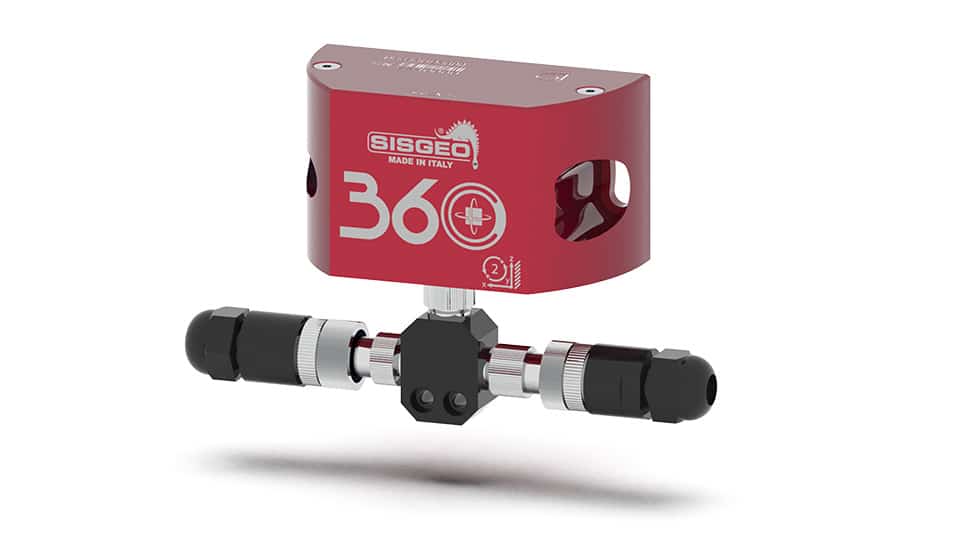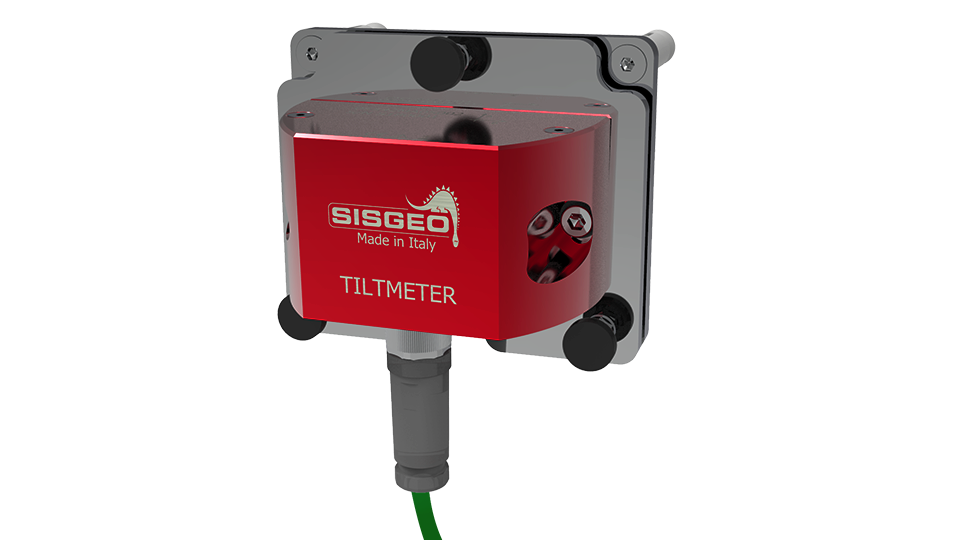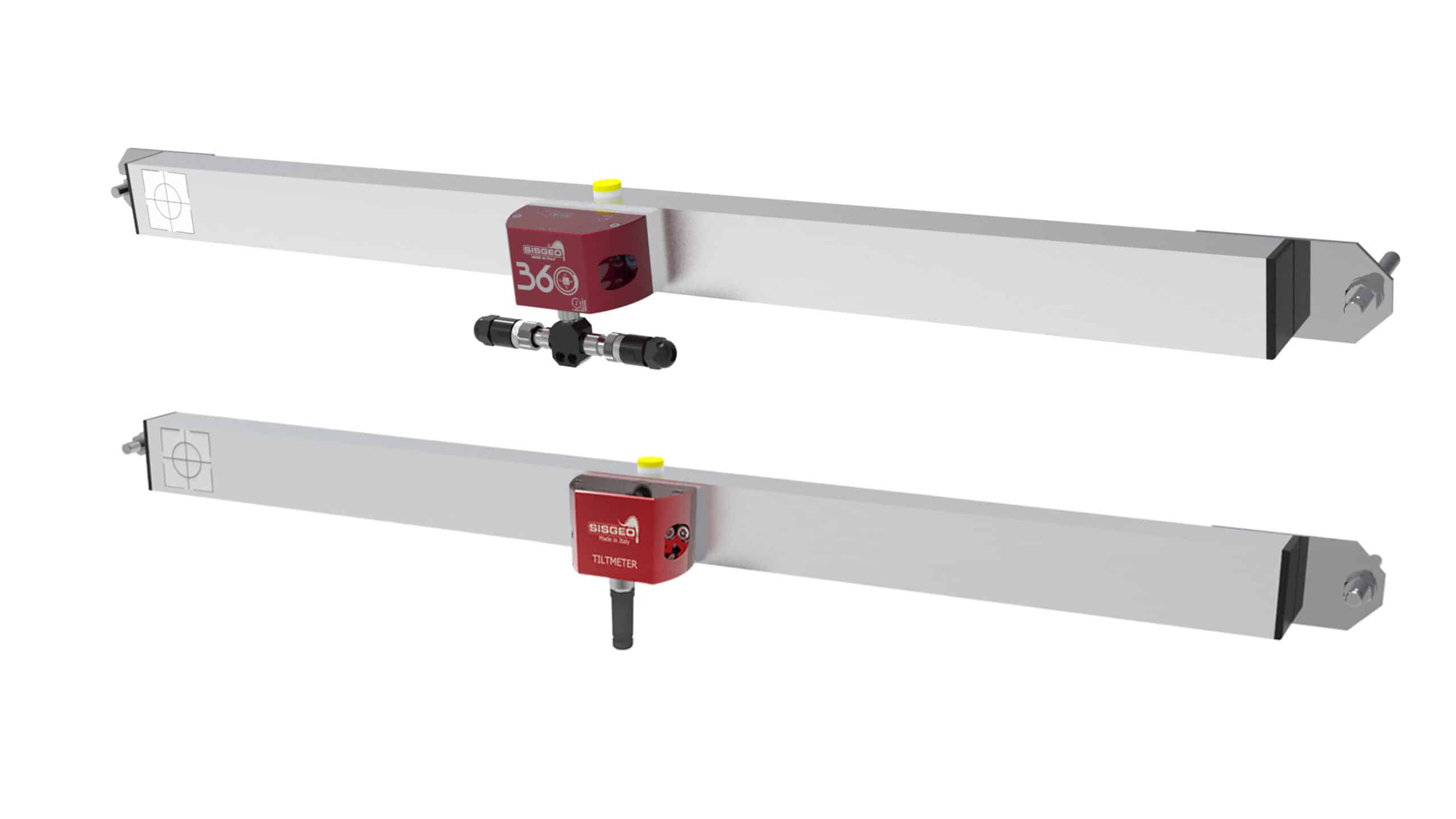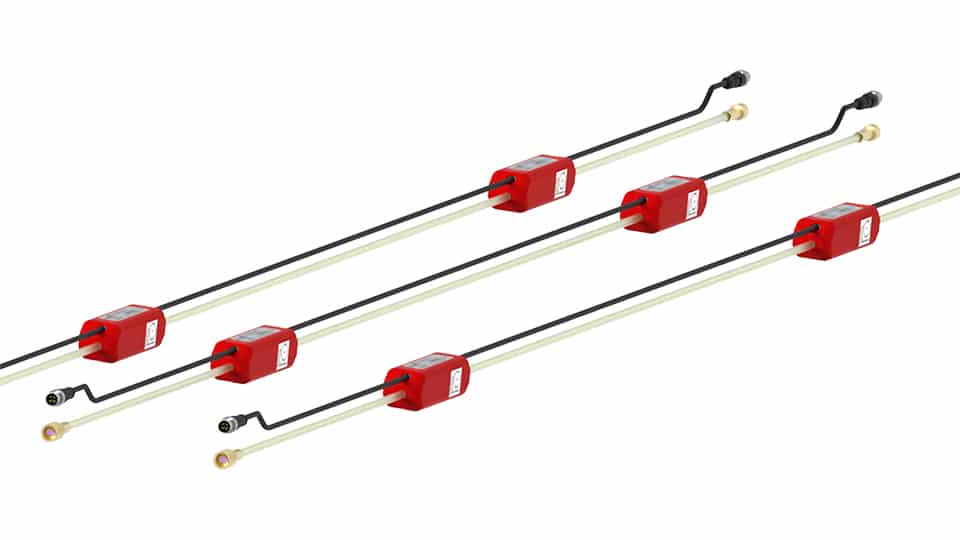Tiltmeters
Tiltmeters are precise instruments used in geotechnical and structural health monitoring SHM to measure small angular changes or tilts in a structure or surface. Therefore, these devices are vital for detecting even minute shifts in the alignment of buildings, heritages, dams, and other infrastructure. Consequently, by accuratelly measuring tilt, tiltmeters help engineers assess the stability of structures and identify potential problems such as foundation settlement, subsidence, or shifts in the earth beneath a structure.
Specifically, tiltmeters work by detecting changes in the vertical alignment of a sensor relative to gravity, providing valuable data on the movement or distortion of a structure over time. Thus, this detailed information allows engineers to evaluate the need for repairs or maintenance before significant damage occurs, ensuring the safety and longevity of the monitored infrastructure.
Moreover these instruments are typically installed at key points in a structure and can monitor horizontal, vertical or otherwise inclined inclinations, using 360° technology. Consequently, tiltmeters are widely used in industries like civil engineering, mining, and geotechnical construction, particularly in the monitoring of embankments, slopes, tunnels, and dams. Thanks to their ability to detect early signs of instability, tiltmeters play a crucial role in preventing structural failures and ensuring public safety.
Tiltmeters are available in different models: with an analogue biaxial sensor or a digital triaxial sensor with 360° technology.
The LT-Inclibus is a string of digital tiltmeters. LT-Inclibus can be embedded in soil or concrete.
For common structural tilt monitoring, TILLI portable tiltmeter, is the optimal solution. You place the TILLI on the pre-installed measuring plate and take a reading using the portable readout unit.













